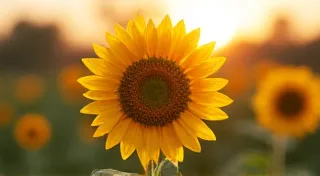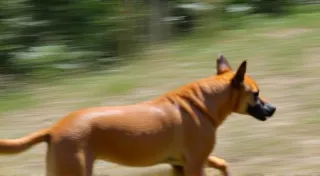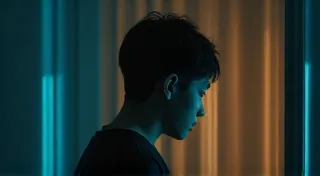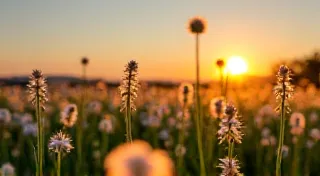Photographing the Night Sky: A Beginner's Guide to Astrophotography
The night sky, teeming with stars, planets, and the Milky Way, is a breathtaking sight. Astrophotography – capturing these celestial wonders – might seem daunting, but it's surprisingly accessible for beginner photographers. This guide breaks down the basics, providing you with the essential knowledge to start your astrophotography journey.
Understanding the Challenge: What Makes Night Sky Photography Different?
Photographing the night sky presents unique challenges. Low light conditions demand different camera settings than typical daylight photography. Long exposures are often required to gather enough light, which can lead to star trails if the Earth’s rotation isn’s accounted for. Noise (grain) also becomes more apparent in low-light images, so understanding how to minimize it is crucial. Many photographers are drawn to the artistic aspects of capturing movement, and understanding how to control it can be key. You've likely heard of shutter speed explained – it’s a vital concept in photography and especially critical for successful astrophotography.
Essential Camera Settings for Astrophotography
Let's dive into the key settings you'll need to adjust:
- Shooting Mode: Manual (M) is your best friend. It gives you full control over aperture, shutter speed, and ISO.
- Aperture: Use the widest aperture your lens offers (the lowest f-number, e.g., f/2.8, f/4). This allows the maximum amount of light to hit the sensor.
- Shutter Speed: This is where it gets tricky. A longer shutter speed gathers more light, but too long and you'll get star trails. The "500 Rule" is a good starting point: 500 / focal length = maximum shutter speed in seconds. (e.g., 500 / 50mm = 10 seconds). For cropped sensor cameras, divide 500 by the equivalent focal length. Beyond simply calculating the shutter speed, effective composition plays a key role in capturing compelling imagery. Consider how the elements within your frame interact – are they balanced? Does one element dominate?
- ISO: Start with a relatively low ISO (e.g., 400-800). Higher ISOs increase noise. Experiment and find a balance between brightness and noise.
- Focus: Achieving sharp focus on stars is difficult. Use live view, zoom in on a bright star, and manually adjust the focus until it’s as sharp as possible. Focus peaking (if your camera has it) can be helpful.
- File Format: Shoot in RAW format. This preserves more image data, allowing for more flexibility when editing.
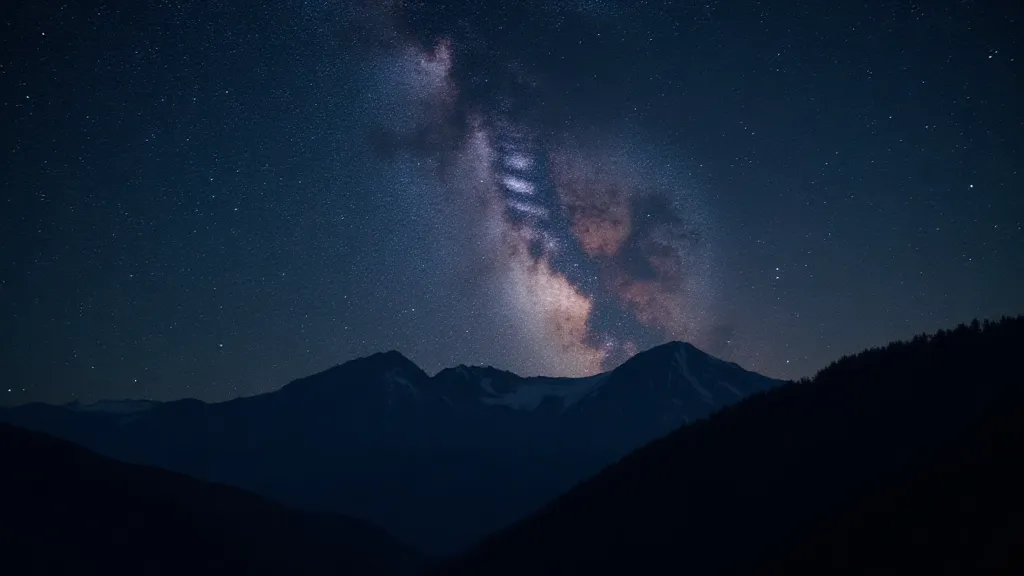
Essential Equipment
While you don't need expensive equipment to start, here’s what you'll need:
- Camera: Any DSLR or mirrorless camera with manual settings.
- Lens: A wide-angle lens (14mm-35mm) is ideal for capturing a large portion of the sky.
- Tripod: Absolutely essential for long exposures.
- Remote Shutter Release (Optional): Minimizes camera shake during long exposures.
Composition Tips for Stunning Astrophotography
A beautiful sky is great, but combining it with interesting foreground elements elevates your astrophotography. Strong composition draws the viewer's eye and creates a more compelling image. Often, photographers use a technique called the rule of thirds to create a sense of balance and visual interest. It's a fundamental principle that can dramatically improve your photographs.
Beyond that core principle, considering how elements are positioned is vital. Do they lead the viewer's eye through the scene? Does the composition evoke a specific emotion? Understanding how to arrange elements within your frame is a lifelong pursuit for many photographers.
- Foreground Interest: Include trees, rocks, buildings, or other objects to add scale and context.
- Rule of Thirds: Apply the rule of thirds to create a balanced composition.
- Dark Skies: Find a location away from light pollution. Light pollution significantly washes out the night sky.
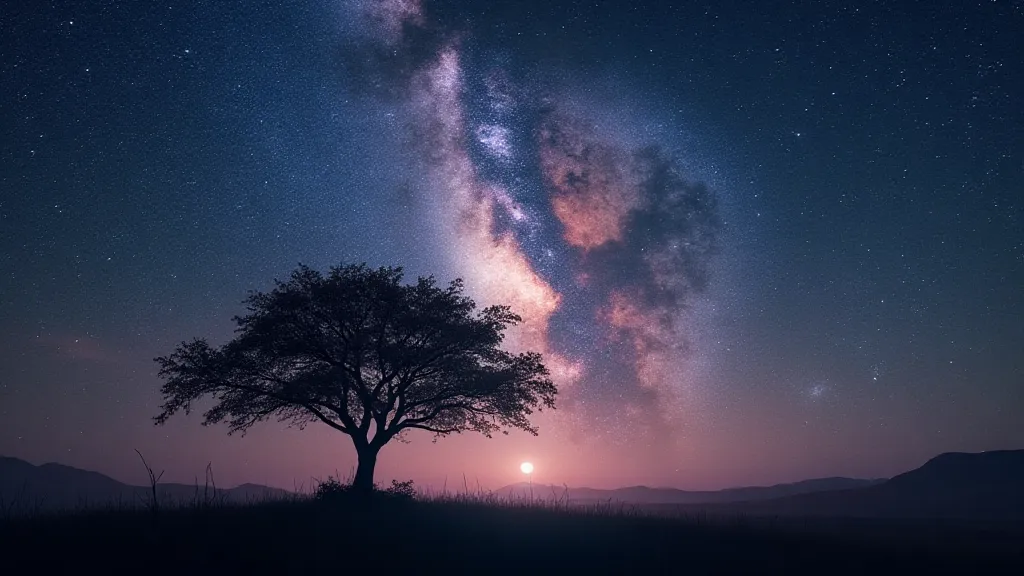
Post-Processing: Bringing Out the Details
Astrophotography often requires some post-processing to reveal the subtle details in the image. Common adjustments include:
The interplay of symmetry and patterns within an image can also evoke profound emotions and lead the viewer’s eye to a specific focal point. For more on this, check out composition symmetry patterns. Processing these images often involves a delicate balance between revealing detail and avoiding artifacts.
- Exposure: Fine-tune the overall brightness.
- Contrast: Enhance the contrast between the stars and the sky.
- Noise Reduction: Reduce noise while preserving details.
- Color Balance: Adjust the colors to reveal the natural hues of the night sky.
Leading Lines and Visual Flow
Beyond simply adjusting exposure and contrast, think about how you can use leading lines to guide the viewer’s eye through your astrophotograph. These can be actual lines (roads, rivers) or implied lines created by the arrangement of objects. Mastering leading lines is a crucial skill in visual storytelling, and it's just as important in astrophotography as it is in any other genre.
More Than Just Equipment and Settings
While the right camera, lens, and tripod are important, the most crucial ingredient for compelling astrophotography is creativity and a keen eye for composition. It's about more than just pointing your camera at the sky; it's about telling a story and evoking emotion.
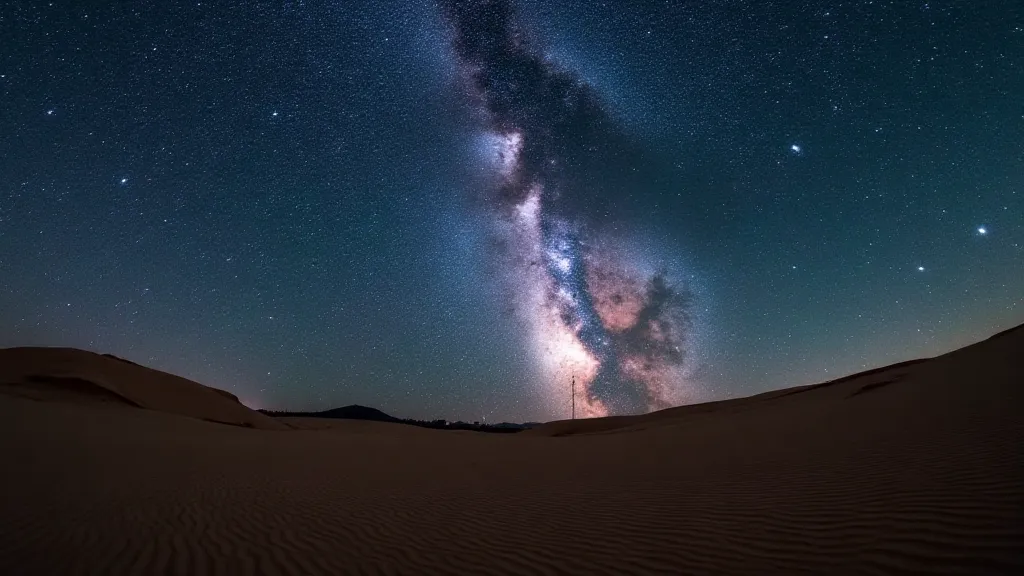
Advanced Techniques: Stacking and Blending
Once you're comfortable with the basics, you can explore advanced techniques like image stacking and blending. Image stacking involves combining multiple exposures to reduce noise and reveal fainter details. Blending involves combining different exposures to create a single image with a wider dynamic range. These techniques require specialized software, such as Photoshop or PixInsight, but they can dramatically improve the quality of your astrophotographs.
The Importance of Location Scouting
Finding dark skies is paramount to successful astrophotography. Light pollution can mask the faintest details of the Milky Way and make it difficult to capture stunning images. Utilize light pollution maps to identify areas with minimal light pollution and plan your shoots accordingly. Consider factors such as weather conditions and moon phase as well.
Practice and Experimentation
Astrophotography is a learning process. Don't be discouraged if your first attempts aren’t perfect. Experiment with different settings, locations, and compositions. With practice, you’ll be capturing stunning images of the night sky in no time!
